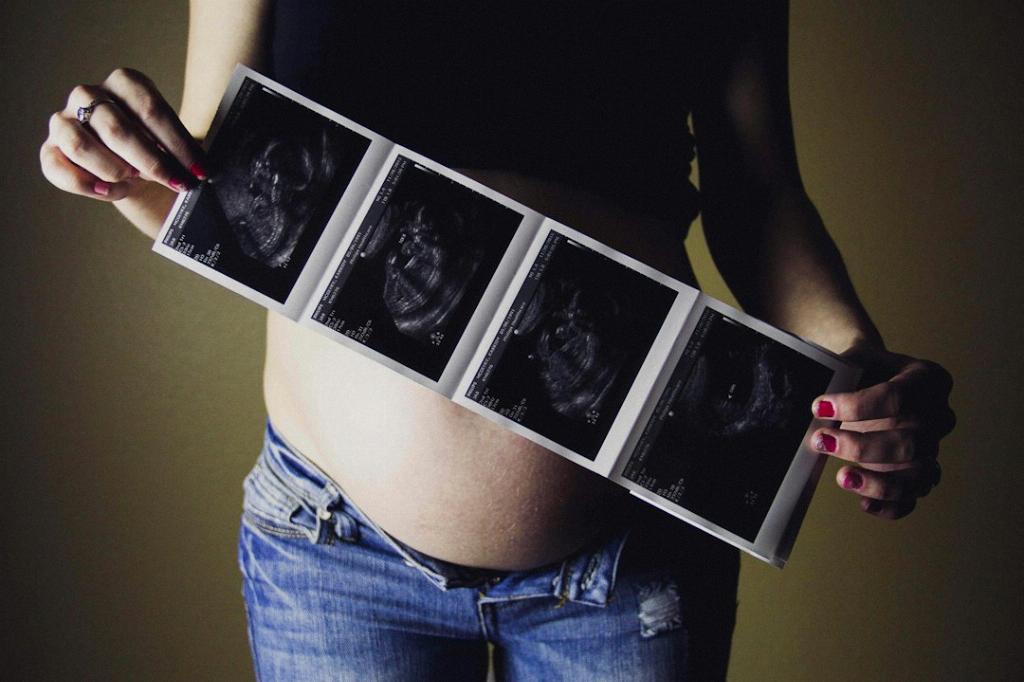Effacement, a crucial aspect of the labor process, is often surrounded by questions and uncertainties. Many people wonder what effacement actually feels like and how to recognize its presence in their bodies. As the cervix gradually thins and softens in preparation for childbirth, individuals may experience a range of sensations that signal the effacement process is underway.
Lower Abdominal Cramping: A Common Indicator
One of the most commonly reported sensations during effacement is lower abdominal cramping. This can feel similar to menstrual cramps but may intensify as the cervix continues to efface. The cramping may come and go in waves, signaling the progress of effacement and the body’s readiness for labor.
Pelvic Pressure: Feeling the Weight
As the cervix effaces, individuals may also experience increased pelvic pressure. This sensation can feel like added weight or heaviness in the pelvis as the baby descends further into the birth canal. Pelvic pressure often becomes more pronounced as effacement progresses, indicating the body’s preparation for childbirth.
Braxton Hicks Contractions: False Alarms
Braxton Hicks contractions, also known as “practice contractions,” can be another sign of effacement. These contractions may feel like mild tightening or squeezing in the uterus and abdomen. While Braxton Hicks contractions are typically not painful, they can increase in frequency and intensity as effacement occurs.
Increased Vaginal Discharge: A Telltale Sign
Effacement may also be accompanied by an increase in vaginal discharge. This discharge, known as leukorrhea, can appear thin and milky in consistency. The body’s production of mucus increases during effacement, helping to lubricate the birth canal and prepare for labor.
Loss of the Mucus Plug: A Clear Indicator
One definitive sign of effacement is the loss of the mucus plug. This gel-like substance seals the cervix during pregnancy, but as effacement progresses, it may be expelled from the body. The loss of the mucus plug, often accompanied by bloody show, signifies that effacement is advancing and labor may be imminent.
Emotional Responses to Effacement: Anticipation and Excitement
While physical sensations play a significant role in the experience of effacement, it is essential to acknowledge the emotional aspects as well. Many individuals feel a mix of anticipation and excitement as they recognize the signs of effacement, knowing that their body is preparing for the miraculous process of childbirth.
Monitoring Effacement: Staying Attuned to Your Body
Recognizing the signs and sensations of effacement requires a level of mindfulness and self-awareness. By tuning into your body and staying attuned to any changes or discomfort, you can better understand the effacement process and prepare for the next stages of labor.
Seeking Support and Guidance: Consulting Healthcare Providers
If you have questions or concerns about effacement and the sensations you are experiencing, don’t hesitate to reach out to your healthcare provider. They can offer guidance, advice, and reassurance as you navigate the final weeks and days of pregnancy.
Embracing the Journey: Trusting Your Body’s Wisdom
Effacement is a natural and essential part of the childbirth journey, signaling the body’s remarkable ability to prepare for the arrival of a new life. By trusting in your body’s wisdom and connecting with the physical and emotional aspects of effacement, you can embrace this transformative experience with confidence and gratitude.
Conclusion: Embodying the Process of Effacement
In conclusion, effacement encompasses a range of physical sensations that signify the body’s readiness for labor. From lower abdominal cramping to increased pelvic pressure, these signs provide valuable insight into the effacement process. By acknowledging and embracing the multifaceted nature of effacement, individuals can approach childbirth with a deeper understanding of their bodies and the miraculous journey ahead.

